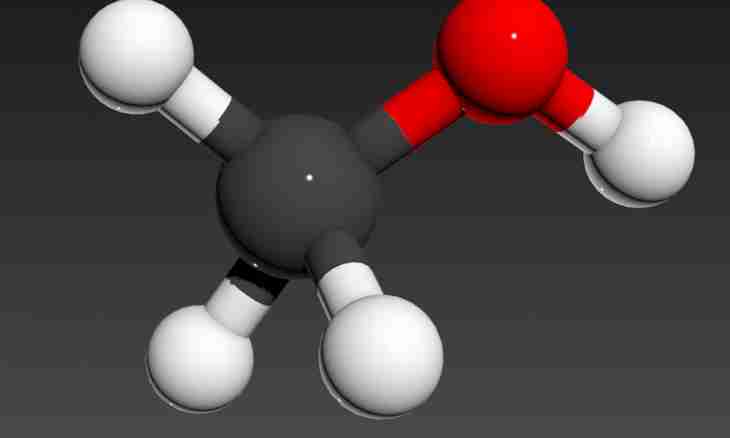Ethane - one of the gases which are often found in the nature. This organic matter which on an equal basis with methane is a part of oil and natural gas. From it receive ethylene which, in turn, is raw materials for receiving acetic acid, ethyl alcohol, vinyl-acetic ester of some other substances. As initial material for receiving ethane methane is usually used.
Instruction
1. Both methane, and ethane belong to the class of the organic compounds called alkanes. They, in turn, are special cases of saturated hydrocarbons. Hydrocarbons represent organic compounds which molecules consist, as well as follows from their name, from atoms of carbon and hydrogen. Methane is the first representative of a homological number of alkanes. Further it is followed by ethane, propane, butane and some other substances. Formulas of saturated hydrocarbons are expressed as follows: CnH2n+2. Methane and ethane among themselves are homologs. So the substances identical on chemical properties are called, but different in structure, and, therefore, physical properties. The structure of homologs differs on CH2 group.
2. There are two main ways of receiving ethane from methane. The first of them consists in application of the reaction of Vyurts opened in 1870. This reaction is based on interaction of galogenoproizvodny saturated hydrocarbons with metal sodium. In particular, it can be carried out concerning chlormethane. For simplification of the course of reaction it is necessary to add sodium to this connection. It will react with chlorine molecules. Sodium will attach to itself chlorine molecules therefore ethane will turn out: CH3-{Cl+2Na+Cl} - SN3hlormetan -2NaClC2H6Dlya to receive ethane, should prepare chlormethane previously. It turns out by heating of methane and chlorine to 400 degrees. After that, carry out Vyurts's reaction as shown above.
3. The second way is multistage. In the beginning methane is oxidized to acetylene, and then acetylene is hydrogenated to ethane. Oxidation of methane to acetylene takes place as follows: 4SN4+4O2SNSN+SO2+SO+5N2O+2N2Dalee start acetylene hydrogenation. As a result of double hydrogenation, ethane becomes a final product of reaction: CH3≡CH3→CH2=CH2→C2H6 (Hydrogenation on a hydrogen radical of H2) In spite of the fact that ethane is received most often in a bit different ways - it a method all the same is sometimes applied, especially when methane can only be initial substance. Methane and ethane - gases of one class and one group therefore it is easy to receive one of another.

